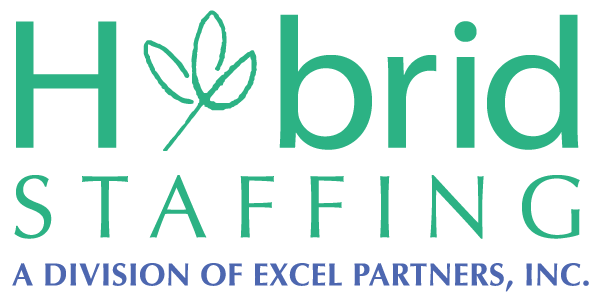
Picture this scenario – one that is far too familiar for many cannabis organizations today. You have a key position open. Once the job is posted, you expect a stream of applicants. Instead, the resumes slowly trickle in and there are fewer frontrunners than you expected. Working with what you have, interviews progress and your selection team chooses an acceptable candidate and makes an offer. But the candidate has already moved on to another offer that’s higher paying, more flexible, or any one of a number of other scenarios. The traditional hiring process simply is not working for you like it had in the past.
The needs of American businesses, including the cannabis industry, have largely outgrown the labor force. With a current debate about whether we’re in the middle of a recession, unemployment remains at a historic low while quit rates have surged. The job market continues to be weighted in favor of job seekers. As a result, hiring is a very real challenge for business leaders and change is not expected anytime soon.
With the leverage in the hands of the job seeker, employers must quickly adapt to appeal to the best talent. Here are 4 ways to make the transition from just another potential employer to a true employer of choice.
- Streamline the hiring process. When the labor market is hot, employers can put out vague job postings and get hundreds of people to apply. Employers then ask the prospective candidates to jump through many hoops before they can even submit an application, and a large number of candidates will do so.
In the current market, the overall hiring process for cannabis companies must be much more compact and efficient. It starts with a very simple and specific job posting, rather than the old “apply and see” approach. You are competing against hundreds of other job ads, and you must work hard to make sure you grab attention and accurately convey your employer value proposition.
Once an applicant has expressed interest, the remaining hiring process must be streamlined. If you require candidates to complete endless tests and interviews, chances are that someone else will snap them up before they even get to stage two of your lengthy process.
- Culture is king. There is an emerging trend of “boomerang employees.” When these returning employees were asked why they returned to their former employer, many of them cited the company culture as the primary driver. Culture remains a crucial component of the hiring and retention process and results in employees’ ability to feel connected to their work.
Because it is so important, culture should be front-and-center from day one, and the onboarding process should be carefully honed to ensure a positive kickoff that sets the new employee up for immediate success.
Finally, the saying that “people don’t quit jobs, they quit bosses” is still very true. Managers and leaders are responsible for bringing the organization’s culture to life on a daily basis.
- Choose a strategic hiring partner. As cannabis companies compete for talent, everyone is looking for new ways to find candidates. With new processes, procedures, and tools constantly being created and introduced into the marketplace, it becomes difficult to know which one is right for your company. There is, however, one resource that has been tested over time and has continuously proven to be effective. And that is a well-connected, resourceful recruiting and placement partner. One that is trusted, that you have developed a rapport with, and knows your company well enough to “cut to the chase” and work quickly for you.
An experienced staffing firm that specializes in recruiting cannabis candidates will work closely with each client to determine their specific job requirements and assess their needs to identify suitable candidates. They are also well-connected with the cannabis talent market since they are constantly sourcing and recruiting talent.
Most importantly, these specialty staffing partners can reduce the hiring process significantly since they have available talent identified and ready for work. They can lift the task of sourcing and recruiting from the client’s management team so they can use their time on more productive activities. This results in significant savings in both time and money.
- Consider work flexibility. The pandemic showed people that flexibility about work hours and location is possible. Many companies have learned that employees can work from home, or they can work hybrid hours/locations and still do their job to the best of their ability. Having a say over their work schedule and location is of significant importance to many candidates now and will be into the foreseeable future.
What is it worth for someone with an hour commute each way to be able to work from home three days each week? Most employees these days don’t lead simple and straightforward lives and that extra flexibility can be invaluable.
Organizations that update their employment strategy will be best poised to tackle hiring and retention challenges for years to come. This will be particularly important should we find ourselves in an economic downturn or full-blown recession. By realizing this can be a time of the “Great Upgrade” and not just the “Great Resignation,” business leaders can position their organizations as the best choice for current and prospective employees alike and uncover a lasting solution to hiring challenges.
